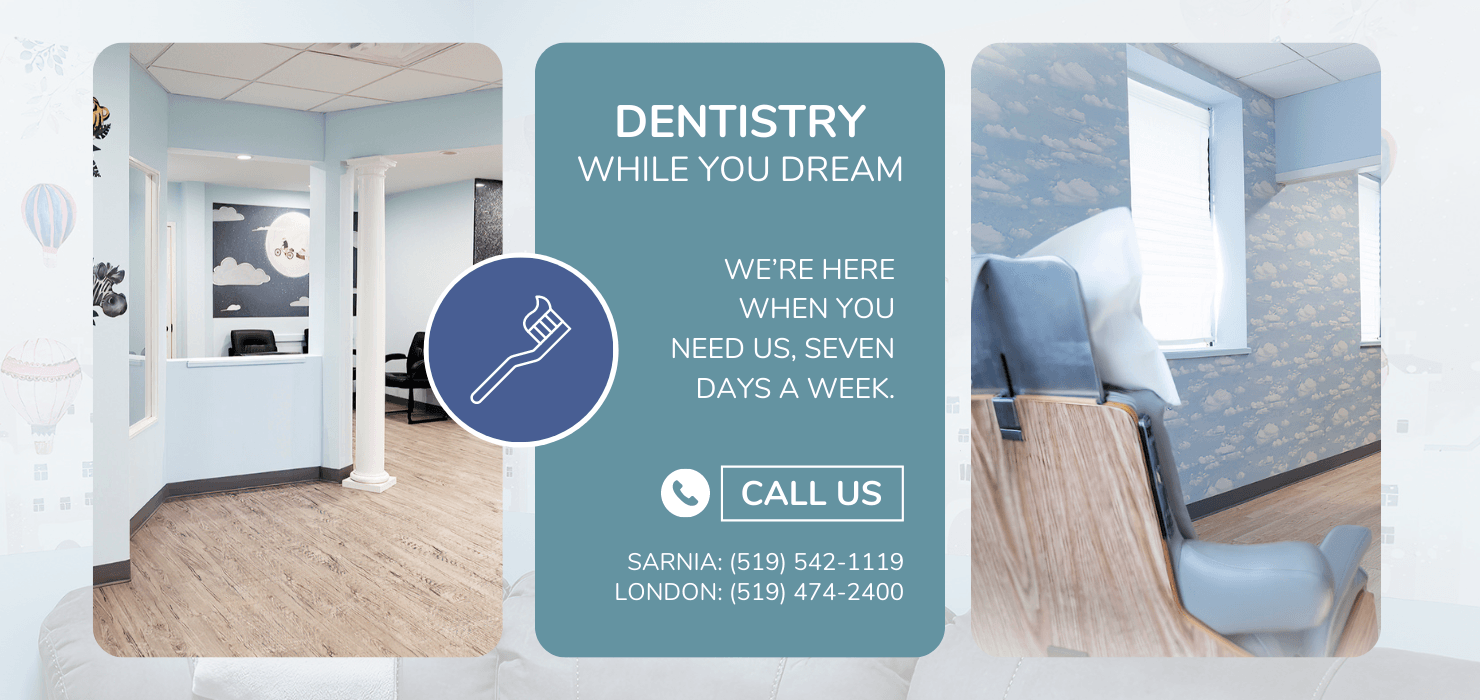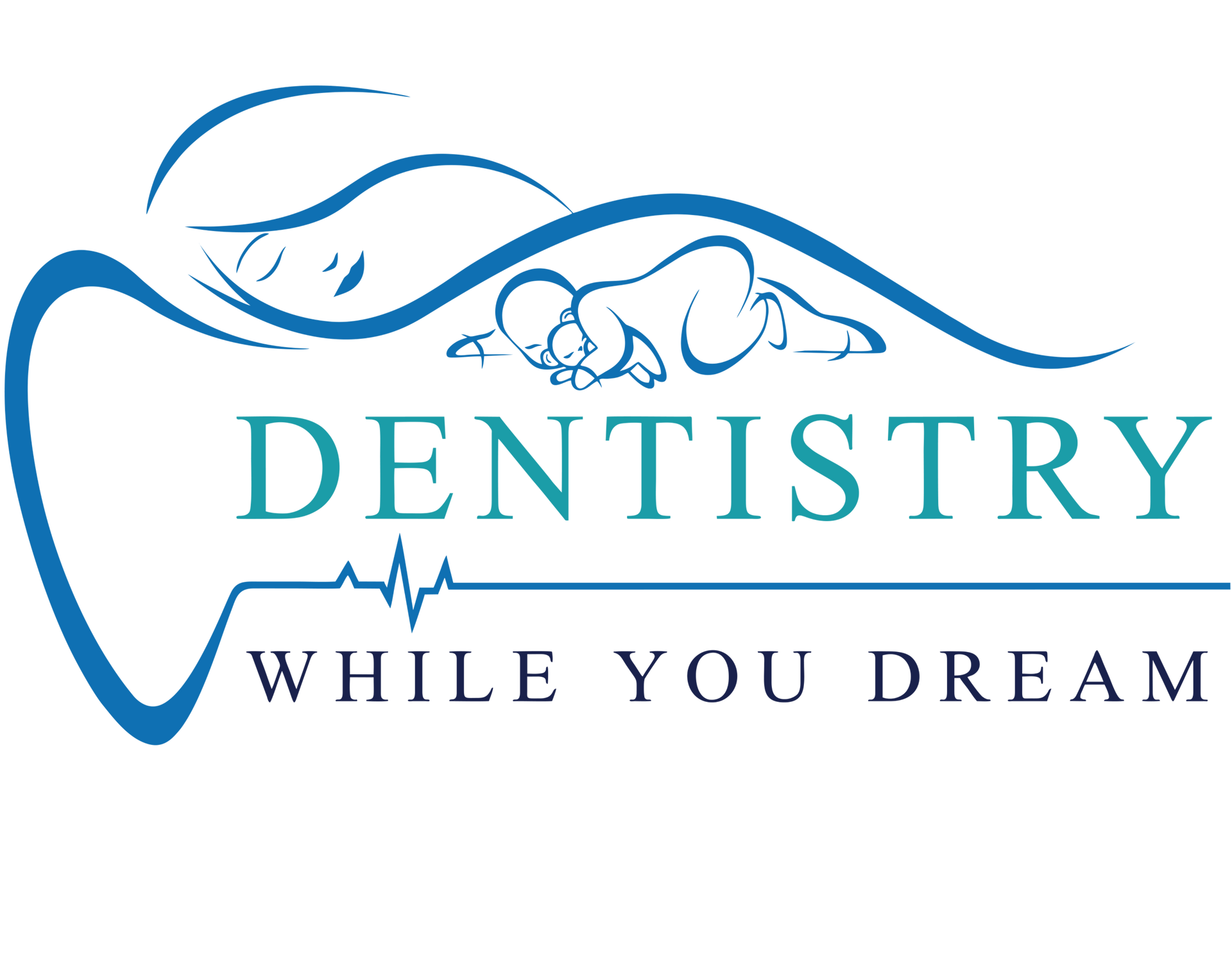Post Anesthesia Instructions
The most relaxing way to take care of your smile.
Post Anesthesia Instructions
Instructions for patients following Sedation or General Anesthesia
Car Ride Home
The patient should be in an appropriate car seat or if old enough secured by a seat belt, sitting in an upright position. A responsible adult must accompany you or your child home in a car or taxi. Public transportation is not appropriate.
On Arriving Home
After getting settled, please call the office to inform us of your safe arrival and the condition of the patient. The patient should rest for the first day and be carefully watched. For the first few hours, the patient should not be permitted to walk unassisted. It is common for the patient to be sleepy, dizzy or off balance after sedation or general anesthesia. Patients may be nauseous, which may be increased by the automobile ride home. The patient should not make any business decisions for at least 24 hours. The patient should not engage in any form of social media for a MINIMUM of 24 hrs. Brush teeth after every meal. Floss once a day between any teeth that are touching together. Shivering that is experienced after anaesthesia is normal. This occurs because anaesthesia resets the internal thermostat in the brain. No matter how many blankets you apply the shivering will not stop. This process usually takes 15-20 minutes to reset. Resting at home for the remainder of the day is important. Sleep off the effects of the anesthetic as well as the medications that were administered. Patients may sleep up to 3-4 hrs. This is normal. The body will dictate how much sleep it requires.
Drinking And Eating
Do not force food. The first drink should be plain water or another clear fluid such as apple juice. Small sips should be taken repeatedly. Food may be taken when desired, however, it should be light and soft and not too hot. Fast foods, such as McDonald’s, should be avoided for 8 hours after discharge. No alcoholic beverages for 48 hours. Please begin with easily digested foods (applesauce, yogurts, ice cream, puddings or soups) you may eat solid foods as tolerated. If teeth have been extracted the use of a straw or sucking motion should be avoided for 24Hrs. (I.e. Freezes, popsicles, sippy cups, bottles and smoking) These actions could result in dislodging the clot at the extraction site. The patient is then at risk of developing dry socket. Avoid foods that are hard or crunchy. These foods could get wedged in the extraction site, which consists of newly exposed tissue. Both of these problems are painful to the patient.
When Stainless Steel Crowns are placed sticky and chewy foods should also be avoided for 3-4 days. This will allow the cement under the crowns to fully harden. Stainless Steel Crowns are shiny once placed, it is very important to keep them looking this way. If a white line at the bottom of the crown appears or the crown is cloudy this means plaque is building up and brushing needs to be improved, promptly. With Stainless Steel Crowns there is usually a 2 week adjustment period were the child could feel pain when biting down on the crown, slurred speech upon initial wake up, chewing on or cankers appearing on sides of cheek. Motrin/Advil may have to be administered for a few days following placement.
Intramuscular Injection Site
A small percentage of patients may experience some redness and soreness around the intramuscular injection site. This is a normal reaction. If you have any questions concerning this, please call the office.
Intravenous Site
A small percentage of patients experience post operative tenderness and/or redness where the intravenous catheter was inserted. This may be a sign of a chemical phlebitis associated with the intravenous infusion. If this occurs, please call and ask for one of the doctors.
Finally, some instructions of importance to all patients
CALL OUR OFFICE IF:
- Vomiting persists beyond four (4) hours
- Temperature remains elevated beyond 24 hours
- Any other matter causes concern.

How can we help your smile?
For more information on how to schedule an appointment, visit your desired location page. Sarnia, Ontario
or London, London, Ontario.
Common Questions
To schedule a consultation or request an appointment, call us at preferred location.
The Most Relaxing Way to Take Care of Your Smile.
Dentistry While You Dream is dedicated to the health, safety and comfort of all of our Dreamers.


